The man in question is Harry Turner, an Englishman in his early twenties who was deployed to Afghanistan when he was 18 years old and emerged from his tour of duty with burn marks on his arms and severe PTSD. Such extreme trauma requires an extreme solution, and so Harry travels literally to the other side of the world in search of peace. That would be the Peruvian Amazon, where Harry follows a similarly troubled American Ph.D. student named Samatha Zwicker to volunteer at her wildlife research and rehabilitation center, Hoja Nueva. There, these self-described “lost souls” turn to the jungle—and each other—for comfort.
The film never reveals how Harry and Samatha met, and it’s not clear until midway through that their relationship is romantic. This was presumably done to respect the subjects’ boundaries; Samantha, in particular, has probably been to some therapy, based on her ability to communicate her feelings clearly. But it does raise some questions about transparency on the part of filmmakers Trevor Frost and Melissa Lesh, who also include some manipulative scenes with Harry and his family later in the film. “Wildcat” also does little to expand the narrative around two white kids in the Peruvian jungle trying to protect the forest from, well, Peruvians. Again, Samantha is the more conscious one here, but the filmmakers are content to leave the context of Harry and Samantha’s presence along the Las Piedras River unexplored.
Instead, “Wildcat” focuses on a different bond: Harry’s unusual, highly emotional connection with a baby ocelot named Keanu. Keanu is actually the second baby ocelot Harry has hand-raised; the first 15 minutes or so document his relationship with another cat named Khan, who (spoiler alert) dies after being shot by poachers mere weeks before he was supposed to go back into the wild. Harry takes Khan’s death extremely hard, to the point where he becomes despondent and suicidal. One starts to wonder if maybe this young man is hanging too much of his mental stability on a cat, but this is only the beginning.
You can view the original article HERE.

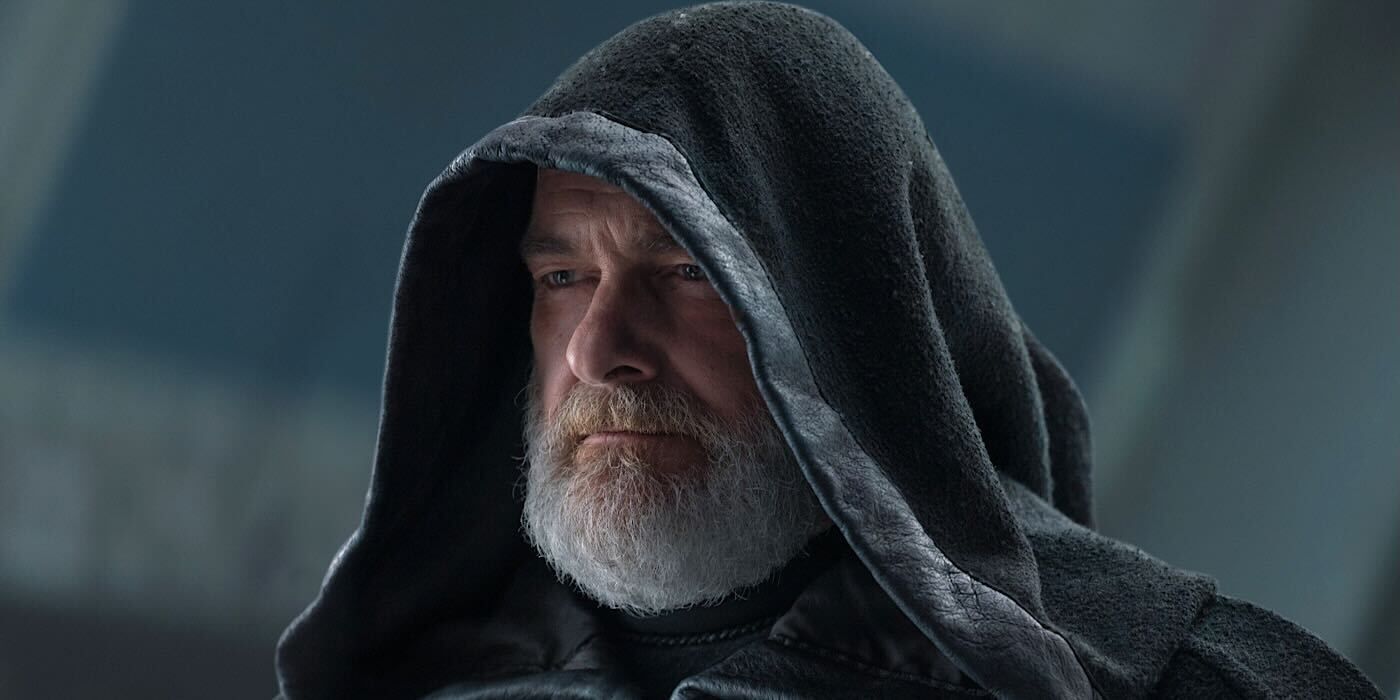
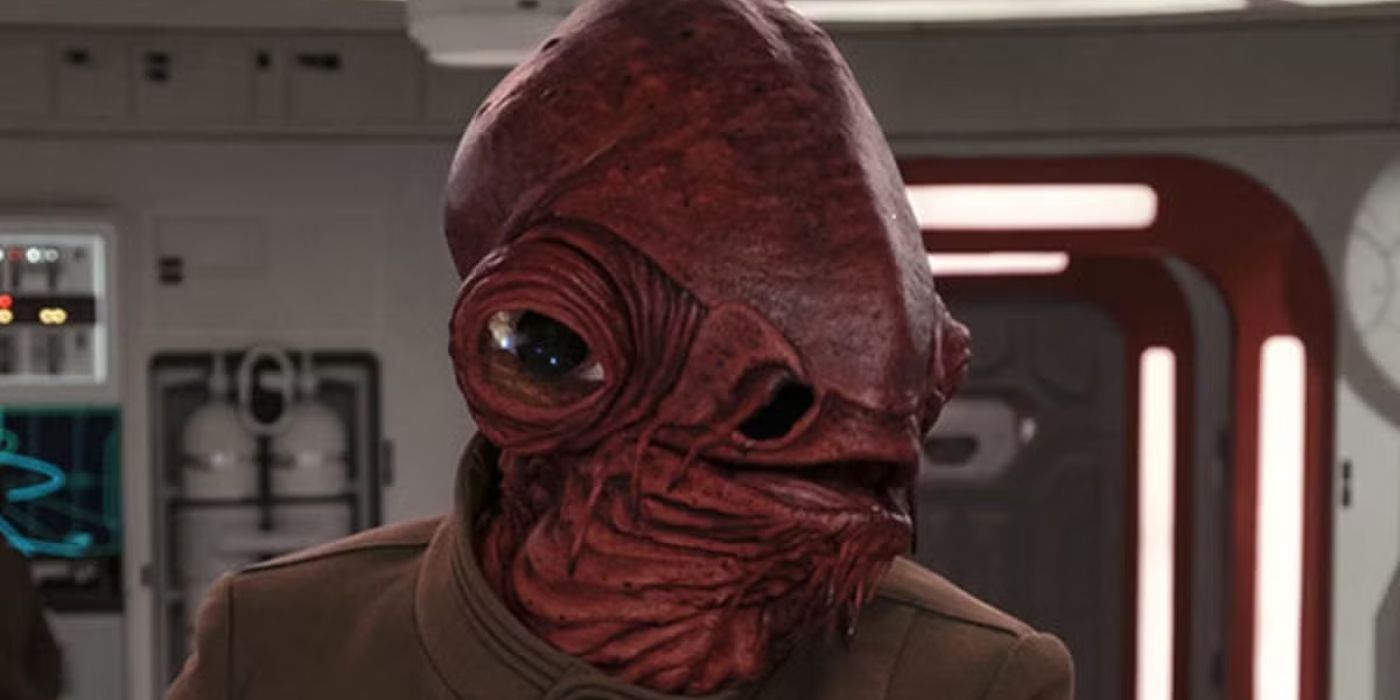



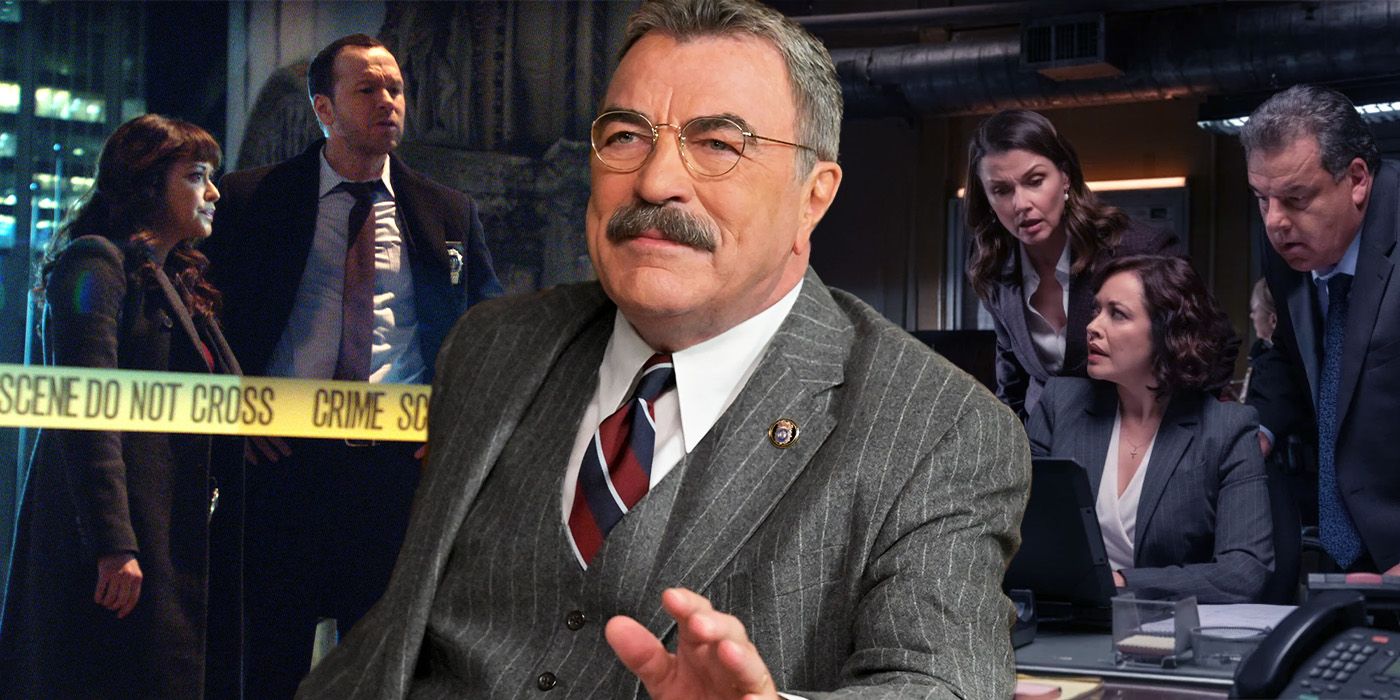
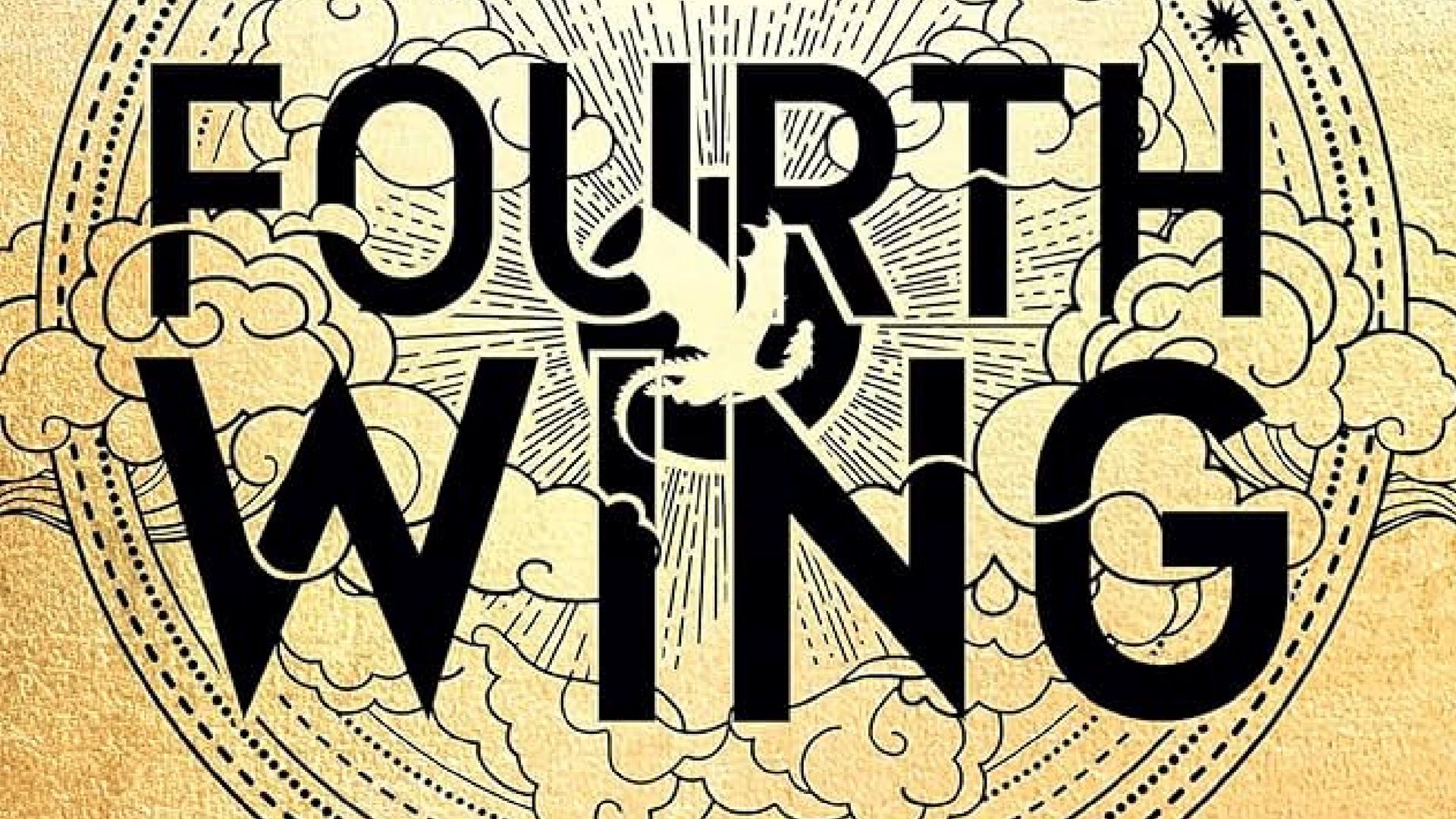

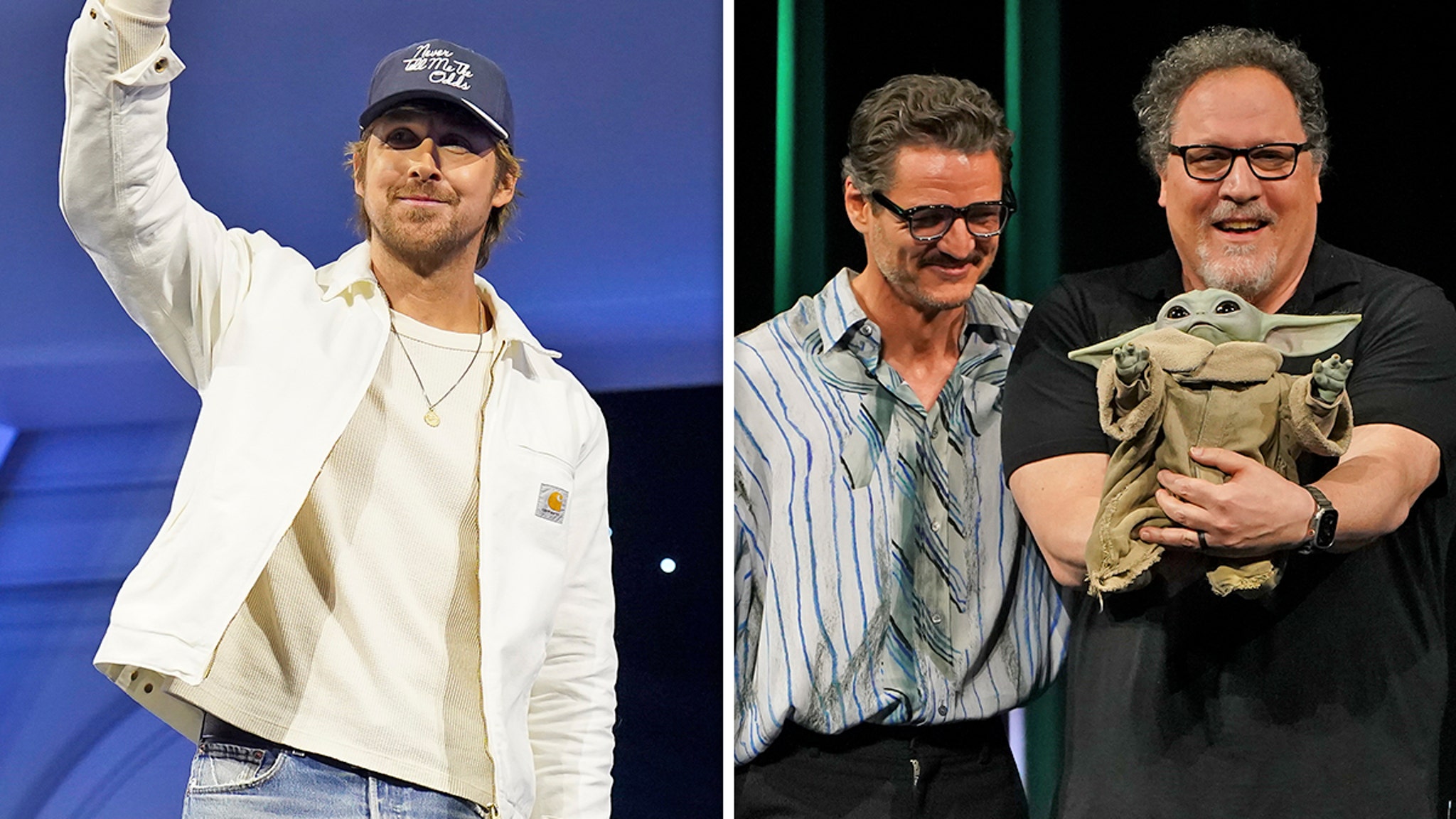
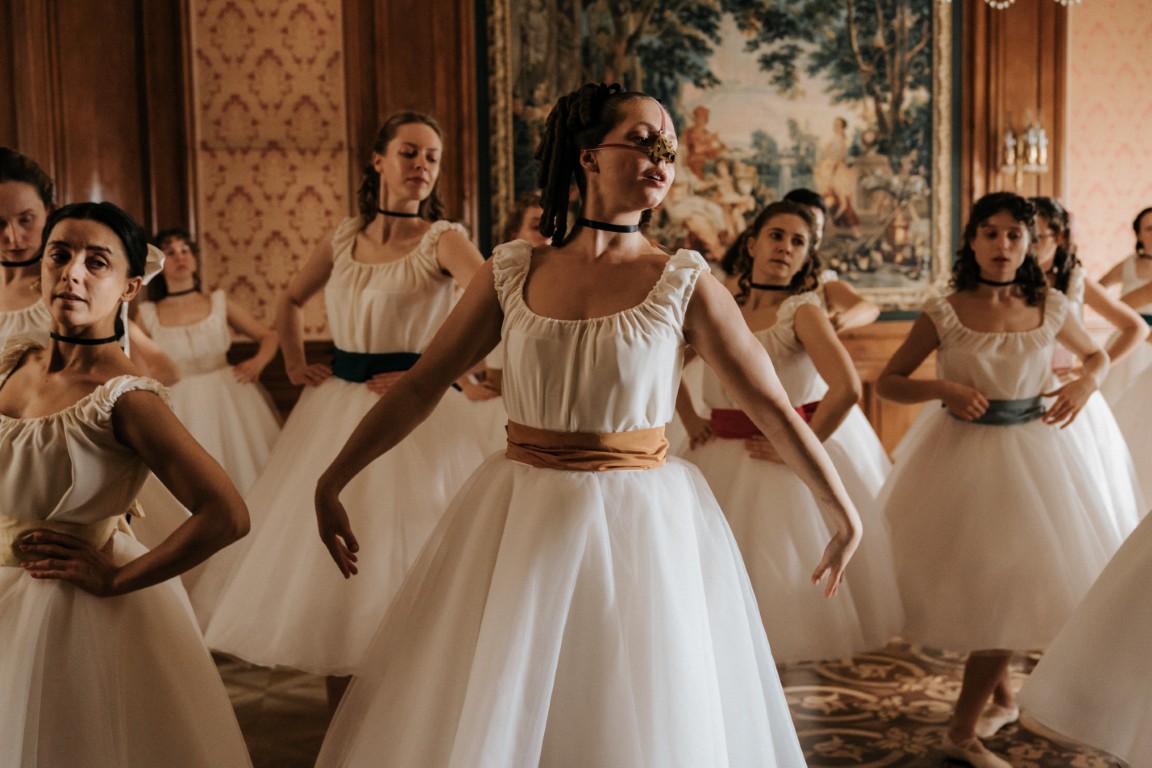



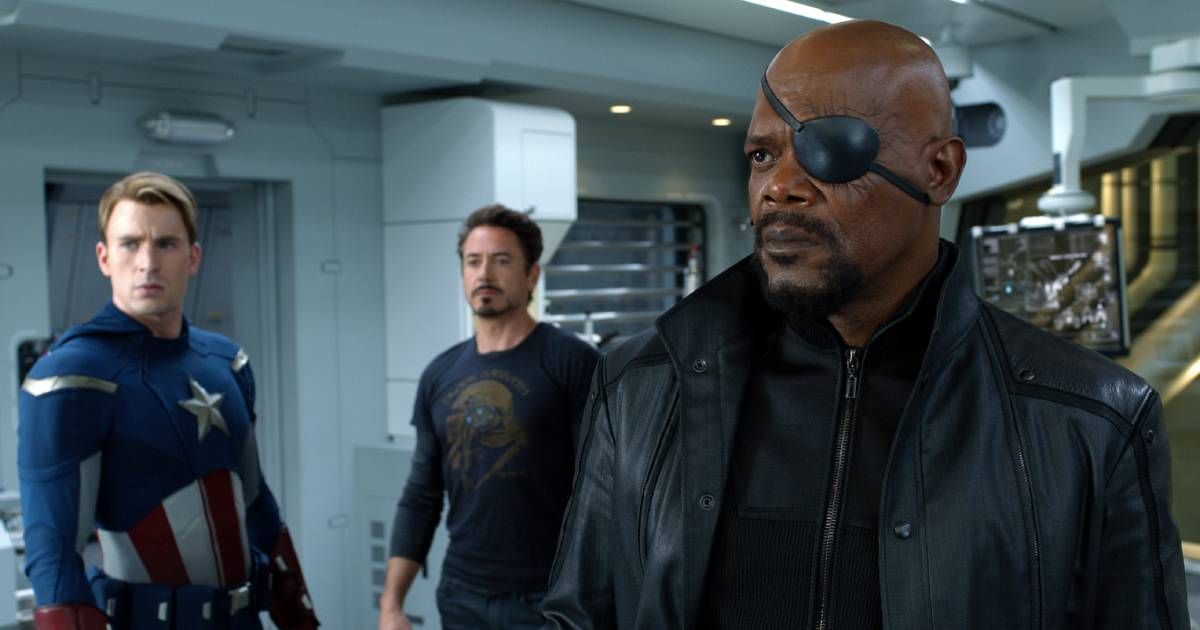
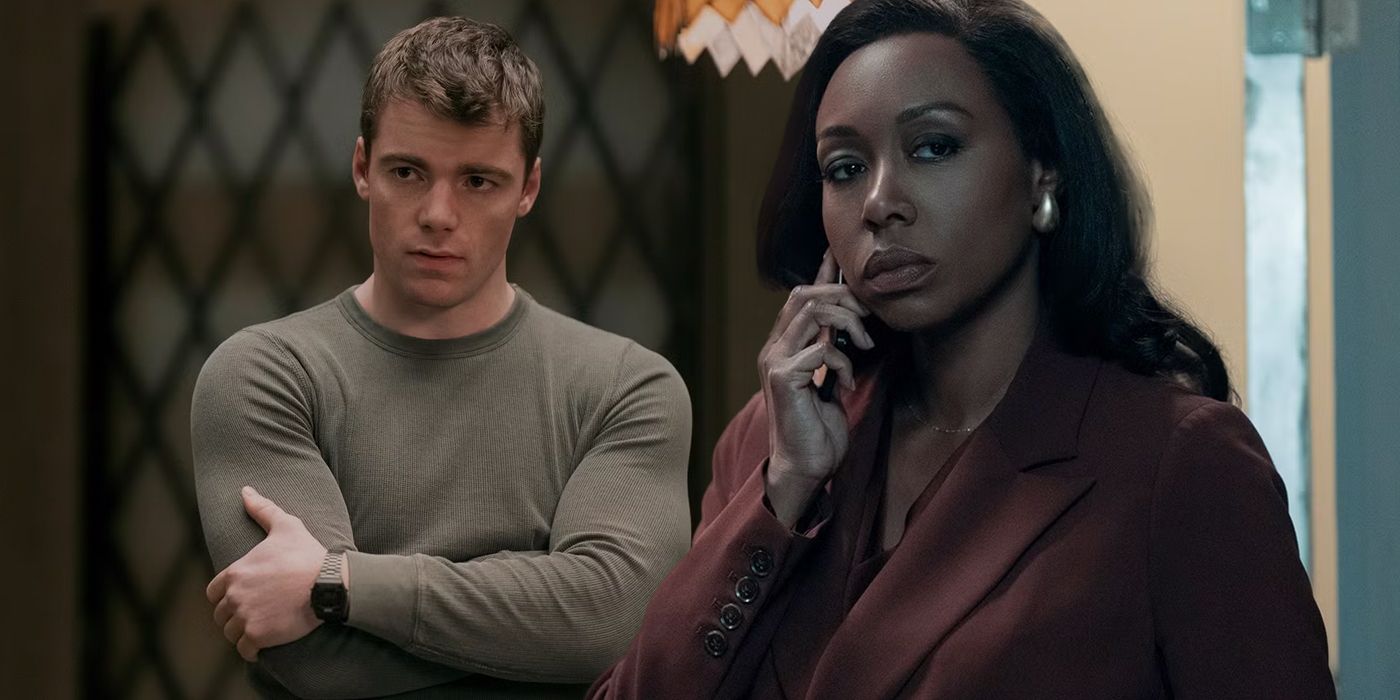

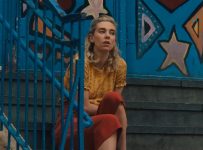

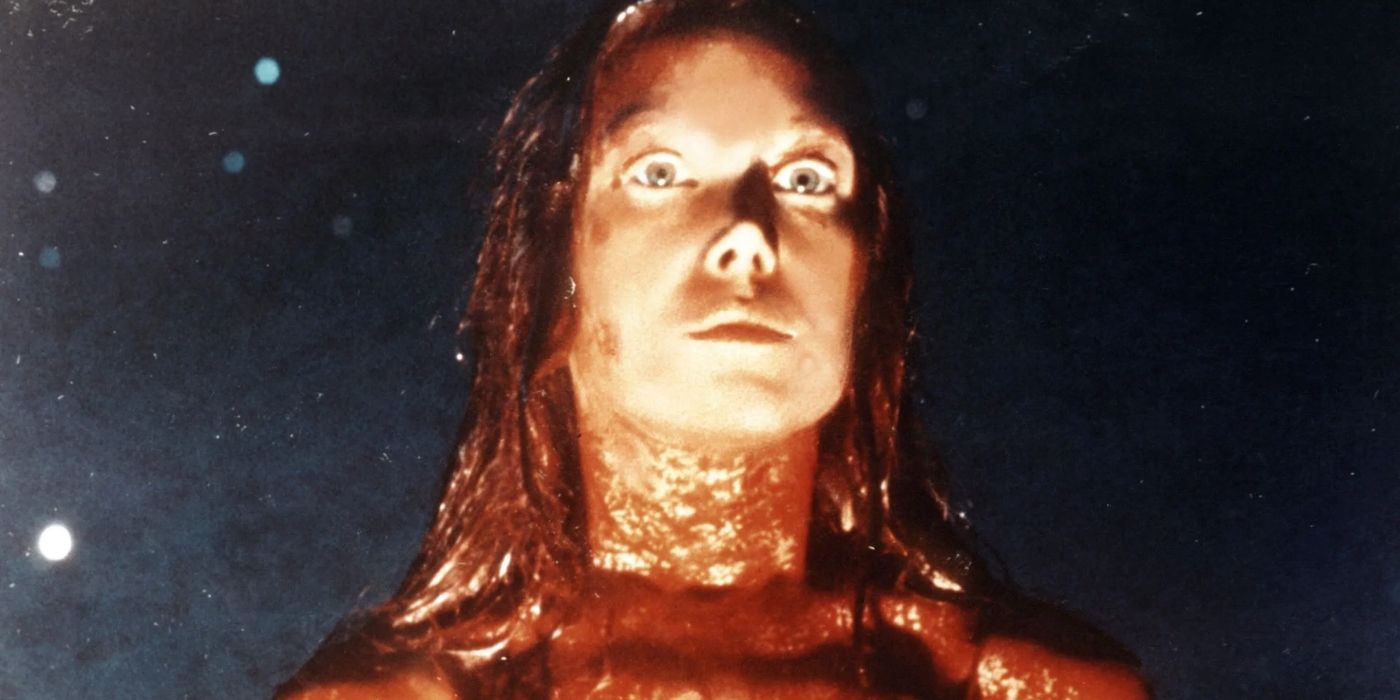
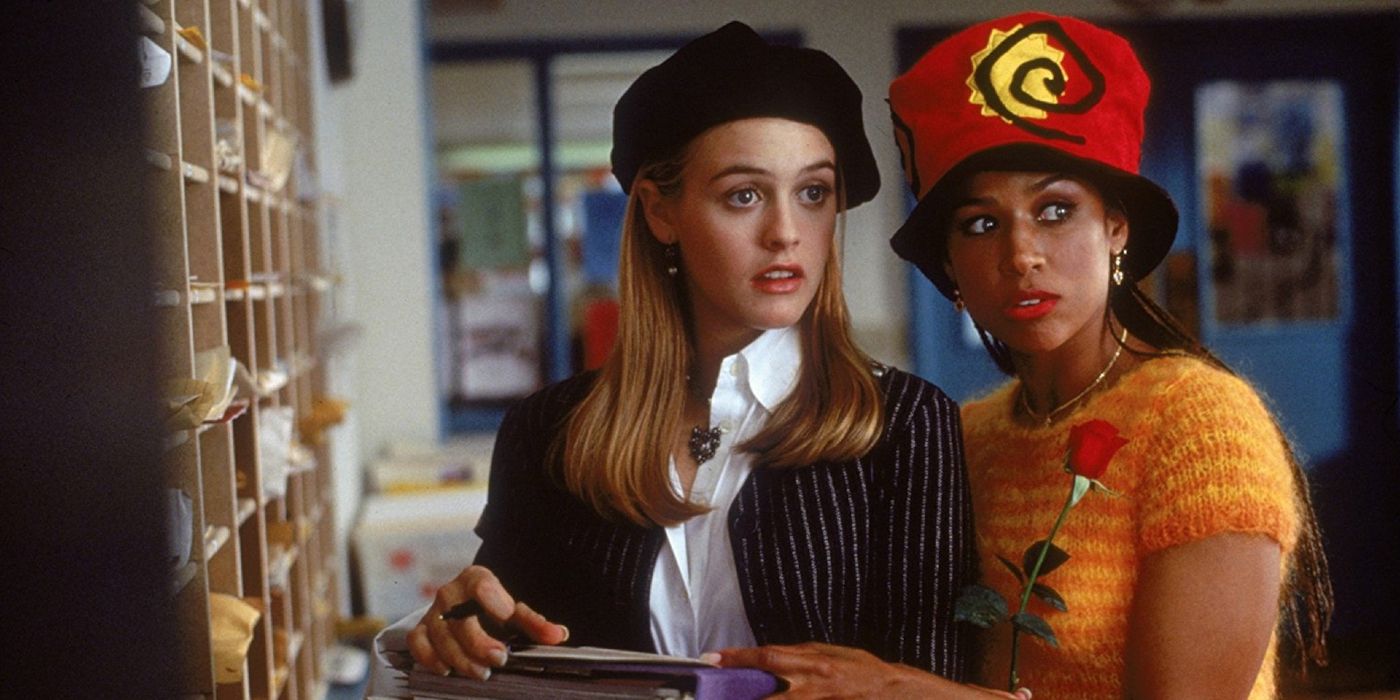

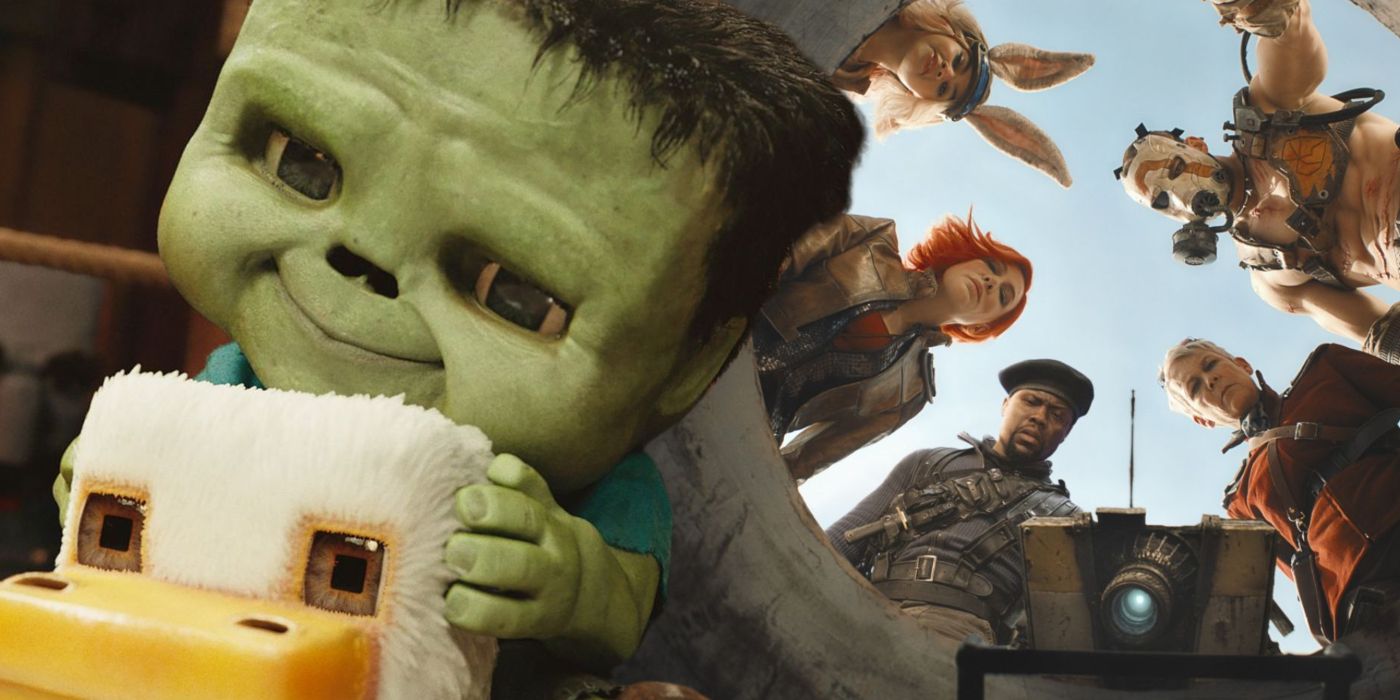
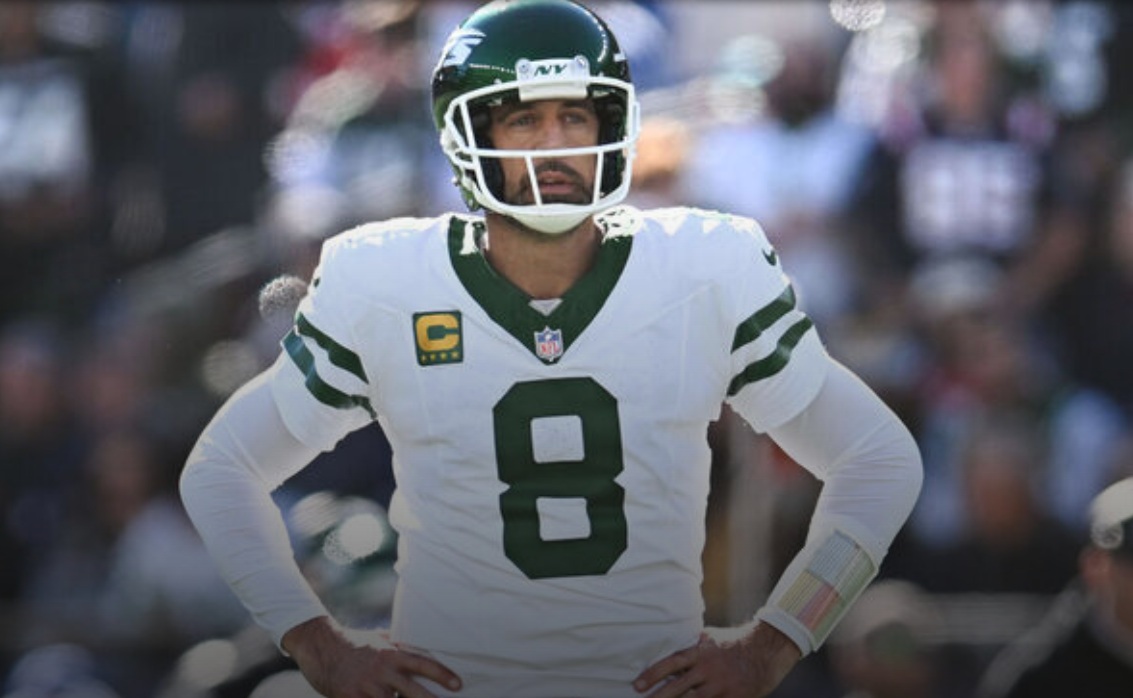



:quality(85):upscale()/2025/04/17/966/n/1922564/69dc205568017c7cad79f2.40744747_.png)


